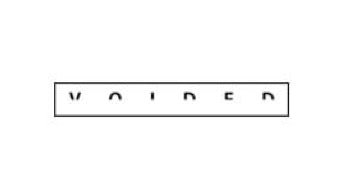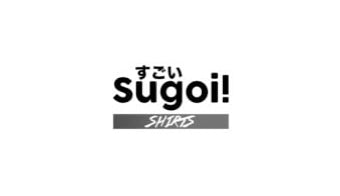Quick Link
Shopify launched in 2004 with a mission to make eCommerce better for everyone and it now supports over a million businesses globally. Creators and artists can start their dropshipping POD business easily with a reliable platform. Printful’s fulfillment service has you covered with quality products and shipping, meaning you can focus on your artwork and customers.
Building your own Print On Demand brand becomes much easier with Shopify & Printful. Register with Shopify to create your own online store in minutes, then signup with Printful to start creating your product with a design mockup generator. Sync your products to your Shopify store. Start selling. Simple.
With the Printful fulfillment service you get access to over 200 high-quality products. A variety of shirts, jackets, bottoms, bags, and stylish accessories for men, women and children are available for production. Expand your print on demand business further with home & living and other products.

The products with your brand on them are manufactured in the US & Europe. You can fulfill and ship the products quickly to your customer’s door.

The easy-to-use mockup generator saves you time when building product images. Generate different product variants and target more customers.

Starting from $29/month, you can have your own online store and sell globally.

Shopify is so simple - even your grandma can create an online shop!

Printful seamlessly integrates with Shopify through a convenient Shopify App.












To support the launch of your Print On Demand business, we’re giving you the essential components of ecommerce store, including: 50% OFF any paid PageFly plans, Free Print On Demand guide, and SalesHunter Shopify theme.
